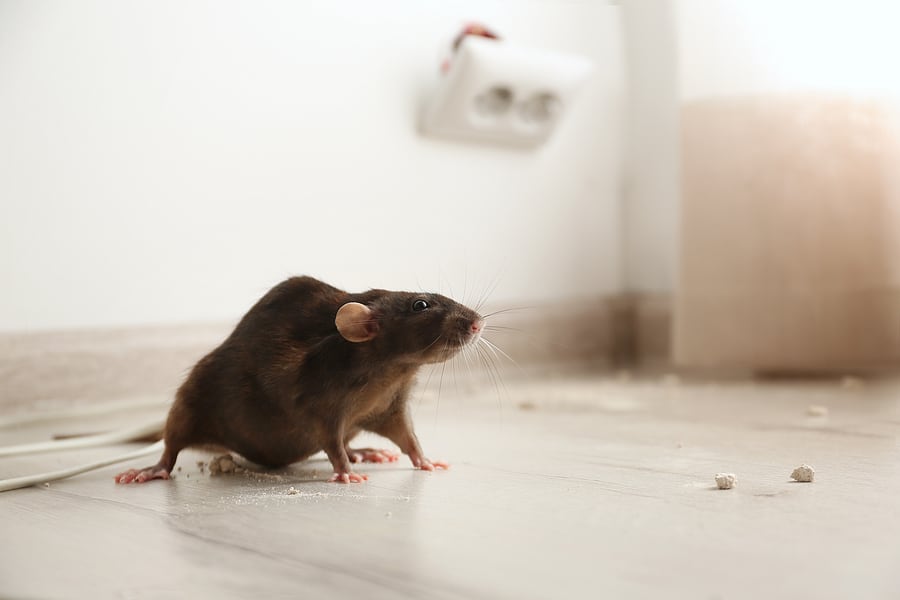DIY Plastic Bottle Mouse Trap Tutorial: Catch Mice Effortlessly
Share
Are you struggling with a mouse problem at home? You're not alone. Many people look for efficient and inexpensive ways to deal with these pesky rodents. This DIY plastic bottle mouse trap tutorial is a game-changer. Not only is it cost-effective and straightforward, but it's also an eco-friendly solution that reuses plastic bottles. Within a few simple steps, you can create your own mouse trap that effectively handles your rodent troubles.
Before diving into the details of this DIY plastic bottle mouse trap tutorial, it's important to understand why this method is both practical and popular. Plastic bottles are readily available in most households, and turning them into a mouse trap not only helps manage your mouse problem but also contributes to environmental sustainability by reusing materials. Let's explore how to make this ingenious trap step-by-step.

Gathering Materials for Your DIY Mouse Trap
To start, gather the necessary materials. The beauty of this project is its simplicity. You will need:
- An empty plastic bottle (preferably 2-liter)
- A pair of scissors or a sharp knife
- A piece of string or thin wire
- Sticky tape or glue
- Bait (peanut butter or cheese works best)
These materials are easy to find around the house, making this DIY plastic bottle mouse trap tutorial accessible for anyone. If you're missing any items, they're available at most grocery or home improvement stores.
Step-by-Step Guide to Building the Mouse Trap
Step 1: Preparing the Plastic Bottle
Begin by thoroughly cleaning the plastic bottle and removing any labels. This ensures that no residual odors deter mice from approaching your trap. Once cleaned, use scissors or a sharp knife to cut the top third of the bottle off. This will create an opening large enough for the mouse to enter.
Step 2: Setting Up the Trap Mechanism
Next, invert the top part of the bottle and insert it back into the bottom section. This creates a funnel effect, which makes it easy for mice to enter but difficult for them to escape. Secure this setup with sticky tape or glue to ensure the structure remains stable.
Step 3: Attaching the String
Use a piece of string or thin wire to create a loop at the narrow end of the funnel. This acts as a trigger for the trap. When the mouse enters the bottle to retrieve the bait, it will disturb the string, triggering the trap and preventing escape.
Step 4: Placing the Bait
Finally, place a small amount of bait at the bottom of the bottle. Peanut butter is highly recommended due to its strong scent and sticky texture, which entices mice and keeps them occupied. Ensure the bait is secured so that it doesn't easily fall out of the trap.
Where to Place Your Homemade Mouse Trap
Strategically placing your mouse trap is crucial to its success. Position it in areas where you frequently notice signs of mouse activity, such as droppings or chewed items. Common spots include behind appliances, along walls, or in dark corners.
For more tips on understanding mouse behavior and enhancing your traps effectiveness, you can refer to [CNET's guide on humane repellents](https://www.cnet.com/home/kitchen-and-household/this-humane-repellent-is-the-only-thing-that-keeps-mice-out-of-my-house/).
Advantages of a DIY Plastic Bottle Mouse Trap
The benefits of creating a DIY plastic bottle mouse trap are numerous. This method is inexpensive, simple to construct, and effective. Additionally, the trap is reusable. Once a mouse is caught, you can easily release it and reset the trap without hassle.
Moreover, this trap offers an eco-friendly way to manage household pests. By repurposing plastic bottles, you contribute to reducing waste and promoting sustainability.
For those interested in other natural and eco-friendly rodent management solutions, consider learning about [making mouse repellent essential oil blends](https://trapx.io/blogs/news/making-mouse-repellent-essential-oil-blends) and [ultrasonic rodent repellers](https://trapx.io/blogs/news/ultrasonic-rodent-repeller-for-home).

FAQs
How often should I check the trap?
Check the trap at least once a day to ensure any captured mice are dealt with promptly.
Can I use other types of bait?
Yes, while peanut butter is highly effective, you can also use cheese or small pieces of bread as bait.
Is this trap safe for pets?
Generally, this trap is safe, but it's always best to place it out of reach of pets to avoid any accidents.
In conclusion, this DIY plastic bottle mouse trap tutorial provides an efficient, affordable, and eco-friendly method for dealing with mice. By following these steps, you can create a trap that effectively manages your mouse problem while being kind to the environment.
